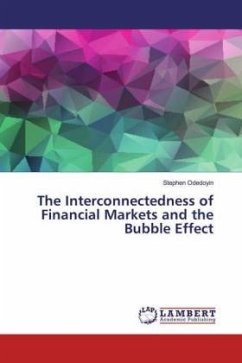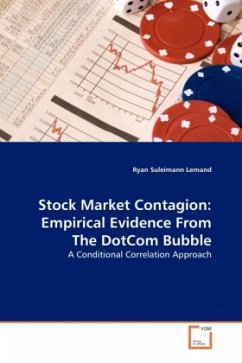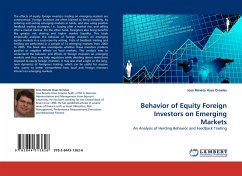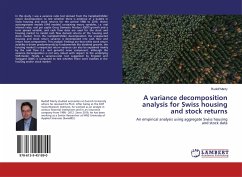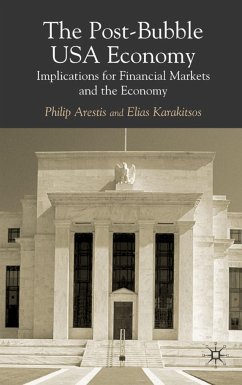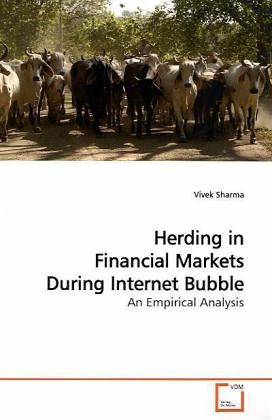
Herding in Financial Markets During Internet Bubble
An Empirical Analysis
Versandkostenfrei!
Versandfertig in 6-10 Tagen
32,99 €
inkl. MwSt.

PAYBACK Punkte
16 °P sammeln!
I analyze herding in one of the largest bull runs in the history of U.S. equity markets. Instead of providing a corrective stabilizing force, banks, insurance firms, investment companies, investment advisors, university endowments, hedge funds, and internally managed pension funds participated in herds in the rise and to a lesser extent in the fall of Internet stocks. Institutional investors buying exerted upward price pressure, and the reversal of prices in the subsequent quarter provides evidence that the herding was destabilizing and not based on information. I also design and use two new m...
I analyze herding in one of the largest bull runs in the history of U.S. equity markets. Instead of providing a corrective stabilizing force, banks, insurance firms, investment companies, investment advisors, university endowments, hedge funds, and internally managed pension funds participated in herds in the rise and to a lesser extent in the fall of Internet stocks. Institutional investors buying exerted upward price pressure, and the reversal of prices in the subsequent quarter provides evidence that the herding was destabilizing and not based on information. I also design and use two new methodologies to detect herding in NYSE stocks during the bubble period. I find that NYSE functions efficiently and shows no evidence of any meaningful herding in general. The seemingly contradictory results can be reconciled based on the different sample of stocks,and the different methodologies which are designed to detect different types of herding.



